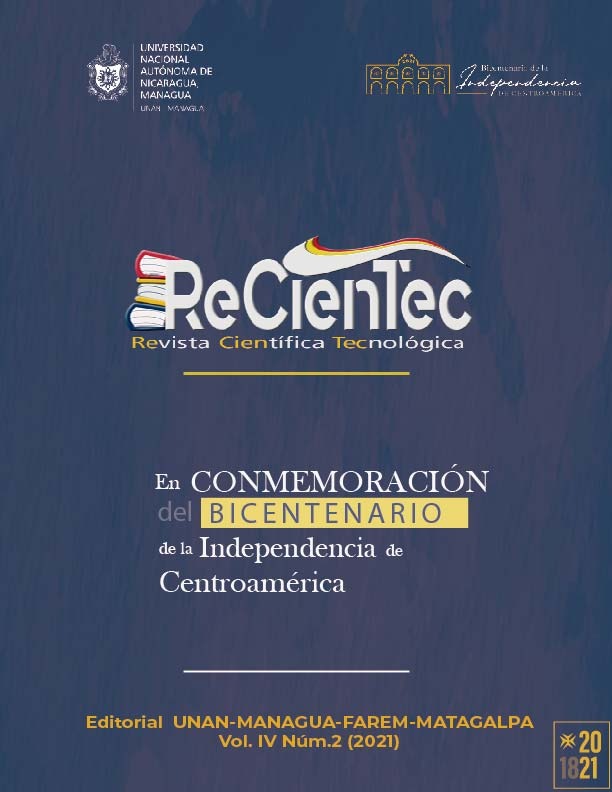Study Case of Two University Education Systems in Two Leading Countries in the World
Keywords:
Study case, university edcucation systems, REAU, LSUAbstract
This case study focuses on higher education systems in two leading countries in the world: The United States of America (USA) and Russia. These countries were selected because they are leading countries in the world in the economic, political and military fields. In practice, the Russian State Agrarian University (former Moscow Agricultural Academy “Timiriazev)” and Louisiana State University in Baton Rouge (LSU) were chosen. The objective was to detail a set of aspects that, in the opinion of this author, contribute decisively to the comprehensive professional training of its graduates. Twelve aspects were identified to be analyzed. The results of the analysis show that both universities provide a high level of support through the 12 aspects valued. It is concluded that there are more similarities than differences in the education systems of both universities studied. Secondly, it is concluded that the objective seems to keep the attention of the students very focused on the studies during the years of training at these universities. Third, it is concluded that any university transformation process must be seen as an integral and holistic activity where all aspects must be tackled with the same level of importance to achieve an effective transformation.
Downloads
References
Evans, Gareth (2018). ¿Qué fue la Guerra Fría y por qué algunos dicen que puede resurgir con el enfrentamiento entre Occidente y Rusia tras el caso Sergei Skripal? Recuperado de https://www.bbc.com/mundo/noticias-internacional-43555075.
Del Rey, Ignacio (2019). Ley del mínimo de Liebig. Recuperado de https://www.tiloom.com/ley-del-minimo-de-liebig/.
Galvis, L. & Meisel, A. (2010). Persistencia de las desigualdades regionales en Colombia: Un análisis espacial. Documentos de Trabajo sobre Economía Regional, (120). Recuperado de http://www.banrep. gov.co/documentos/publicaciones/regional/documentos/DTSER-120.pdf.
Granma (2018). Bases militares de EE.UU. en América Latina y el Caribe. El Plan Suramérica. Recuperado de http://www.granma.cu/mundo/2018-08-09/bases-militares-de-eeuu-en-america-latina-y-el-caribe-el-plan-suramerica-09-08-2018-17-08-04#:~:text=Estados%20Unidos%20tiene%20cerca%20de,en%20Centroam%C3%A9rica%20y%20el%20Caribe.
Norman, Greg (2020).The 5 Most Powerful Armies in the World recuperado de https://www.military.com/daily-news/2020/02/24/5-most-powerful-armies-world.htmls.
Global Peo Services (2020).Top 15 Countries by GDP in 2020. Recuperado de https://globalpeoservices.com/top-15-countries-by-gdp-in-2020/
Statistica (2020)- United States’ share of global gross domestic product (GDP) adjusted for purchasing power parity (PPP) from 2015 to 2025. Recuperado de https://www.statista.com/statistics/270267/united-states-share-of-global-gross-domestic-product-gdp/#:~:text=United%20States%20share%20of%20global%20gross%20domestic%20product%20(GDP)%202025&text=In%202019%2C%20the%20United%20States,seventh%20of%20the%20global%20total.
Vazquez Rizo, Fredy Eduardo; Gabalá Coello, Jesus; Isáziga-David, Carlos Hernán (2013). Relación entre la calidad de vida y calidad educativa. Análisis por regiones geopolíticas colombianas. Revista de Economía & Administración. Vol. 10 No. 1. Enero - Junio de 2013.
Downloads
Published
How to Cite
Issue
Section
License

This work is licensed under a Creative Commons Attribution-NonCommercial-ShareAlike 4.0 International License.




